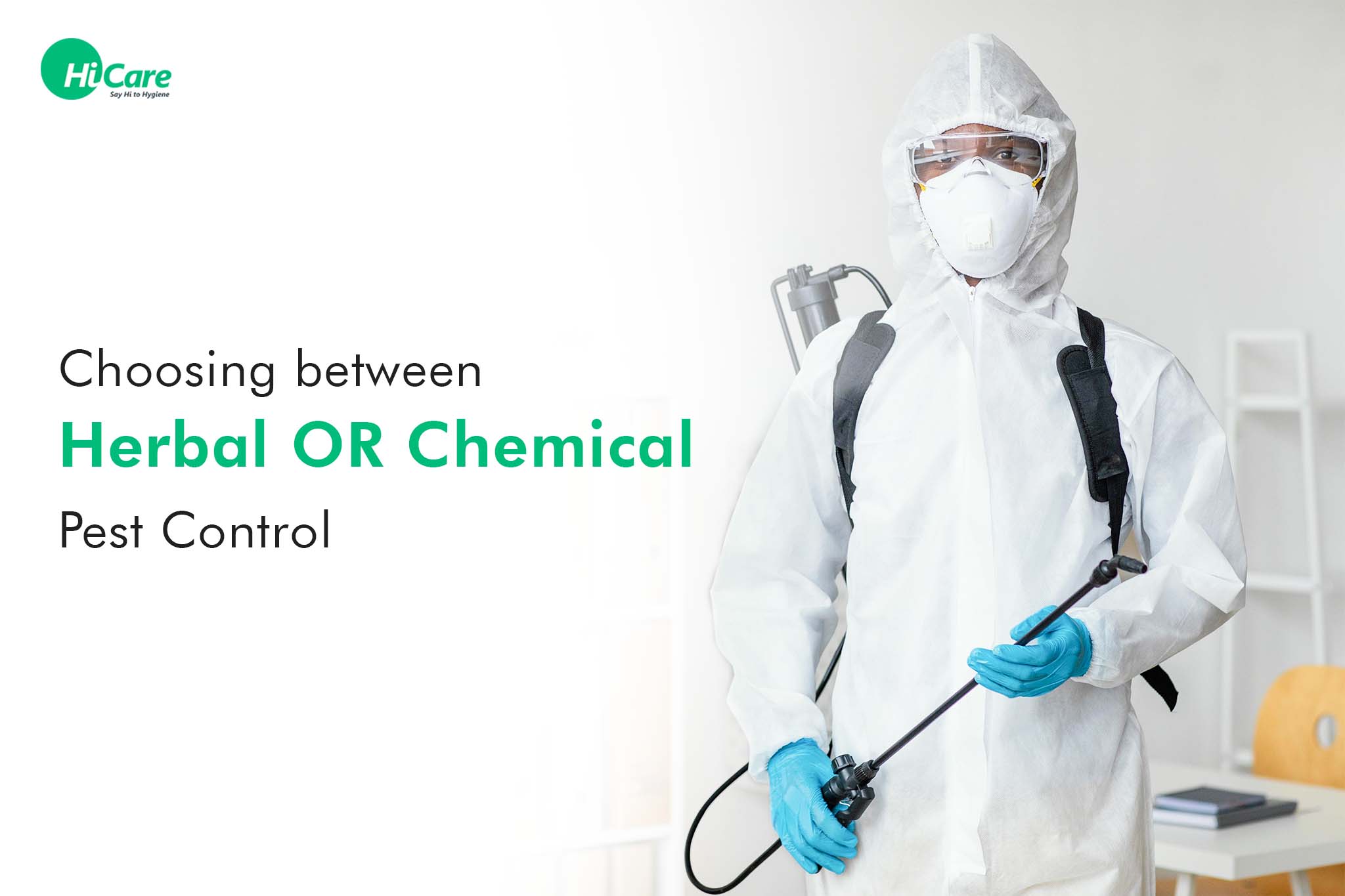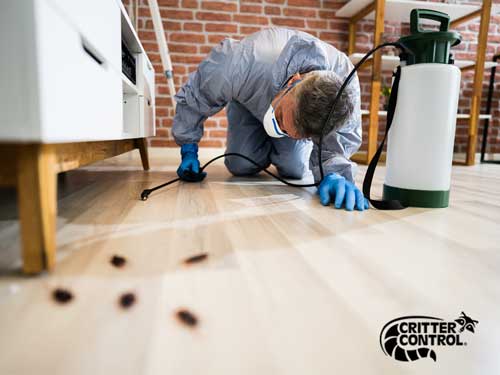A1 Pest Control Charlotte NC Bed Bugs - Expert Elimination Services
A1 Pest Control Charlotte NC Bed Bugs - Expert Elimination Services
Blog Article
Bed Insect Treatment Failure: Contrasting Chemical Vs. Non-Chemical Solutions
In the realm of pest control, specifically when handling the persistent concern of bed bugs, the option between chemical and non-chemical treatment remedies can be a pivotal one. Both methods use distinct benefits and downsides, affecting factors such as effectiveness, safety and security factors to consider, and overall cost. By analyzing the nuanced details of each approach, a more clear understanding of which course to go after in resolving a bed bug infestation can be achieved.
Efficiency of Chemical Treatments
Chemical therapies for bed bug invasions have been commonly acknowledged for their fast and potent effectiveness in eliminating these pests. When considering the effectiveness of chemical therapies, it is vital to recognize that they can give a detailed and quick option to a bed bug problem.
In addition, chemical treatments have the benefit of providing recurring effects, meaning that they can continue to get rid of bed insects also after the preliminary application. This residual activity is particularly beneficial in combating any type of potential re-infestations. Additionally, the quick action of chemical treatments can bring alleviation to people facing extreme bed bug invasions, permitting them to regain control of their living spaces rapidly.
Safety And Security Worry About Chemical Solutions
One crucial facet that requires mindful factor to consider when utilizing chemical options for bed bug therapy is making sure the safety of residents and the setting. Exposure to specific chemicals used in bed pest treatments can lead to respiratory system problems, skin irritability, or other adverse responses, specifically in individuals with pre-existing problems or level of sensitivities.
Additionally, the ecological impact of chemical options is an additional significant consideration. Some chemicals utilized in bed bug therapies may be hazardous to advantageous bugs, wild animals, and ecological communities if they leach into the soil or water supply. It is vital to make use of chemical treatments sensibly, following safety and security guidelines, and thinking about much less poisonous choices to reduce these dangers and make certain the safe and efficient management of bed bug invasions.
Advantages of Non-Chemical Strategies
Thinking about the possible safety problems and ecological impact linked with chemical remedies for bed insect treatment, discovering non-chemical methods provides an appealing choice with a number of distinct advantages. Non-chemical treatments are eco friendly, as they do not add to air or water pollution, making them a lasting choice for parasite control.
In addition, non-chemical solutions can be efficient in targeting bed pests, consisting of hard-to-reach locations where chemical treatments might not penetrate - A1 bed bug treatment in charlotte. Techniques such as warm therapy, vacuuming, heavy steam cleansing, and bed mattress coverings supply complete obliteration without the use of dangerous chemicals.
Limitations of Non-Chemical Treatments

In addition, non-chemical therapies often need numerous applications to attain successful removal. This can be time-consuming and might not always assure complete elimination of all bed bugs and their eggs, specifically in hard-to-reach or hidden places.
In addition, the success of non-chemical treatments heavily depends on appropriate application and thoroughness, which can be challenging for people without specialist competence. Insufficient application of non-chemical approaches may lead to insufficient removal, resulting in consistent infestations and the need for extra treatments.
For that reason, while non-chemical therapies have their benefits, it is necessary to acknowledge these constraints and consider them when establishing one of the most effective approach for managing bed pest problems.
Price Contrast: Chemical Vs. Non-Chemical Options
Provided the restrictions connected with non-chemical treatments, an important aspect to assess in the context of bed bug monitoring is the price comparison in between chemical and non-chemical alternatives. Chemical treatments usually include the application of pesticides by experts, which can range from $250 to $900 per area, relying on the intensity of the invasion and the size of the location to be dealt with. In contrast, non-chemical therapies like warmth therapy or steam can be more pricey, with expenses varying from $1,000 to try this web-site $6,000 for an entire home. While the preliminary expense of chemical treatments might seem lower, multiple therapies may be called for to fully eradicate the problem, potentially increasing the general cost. On the various other hand, non-chemical choices might supply a more environmentally friendly and lasting service, although they can be cost-prohibitive for some people. Ultimately, when thinking about the cost of bed insect therapy choices, it is essential to evaluate the upfront costs versus the effectiveness and lasting sustainability of the picked technique.
Verdict

Considering the prospective safety and security issues and ecological impact associated with chemical options for bed insect therapy, exploring non-chemical methods provides an encouraging visit homepage choice with a number of distinct benefits.Given the restrictions connected with non-chemical treatments, an essential aspect to assess in the context of bed insect administration is the expense comparison in between chemical and non-chemical choices. In comparison, non-chemical therapies like warm therapy or heavy steam can be a lot more costly, with prices varying from $1,000 to $6,000 for an entire home. While the preliminary cost of chemical treatments may seem reduced, several treatments may be needed to fully eliminate the problem, potentially raising the total price.In final thought, when contrasting chemical and non-chemical bed pest therapy choices, it is crucial to think about performance, security, benefits, limitations, and price.
Report this page